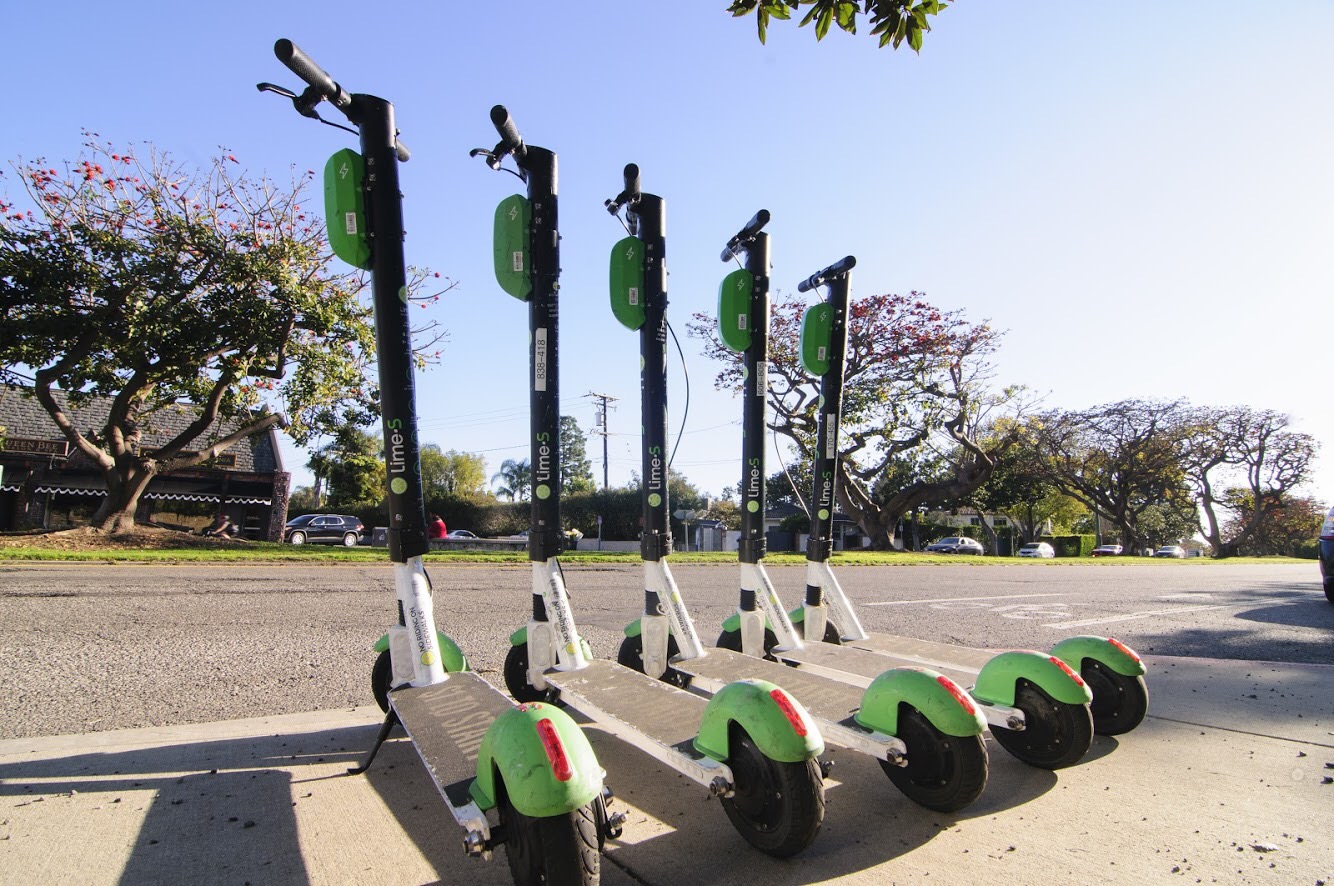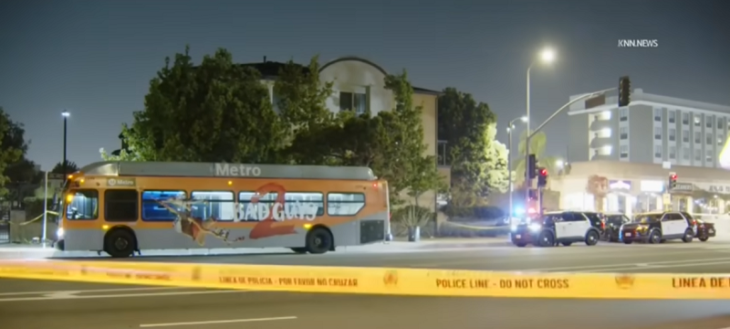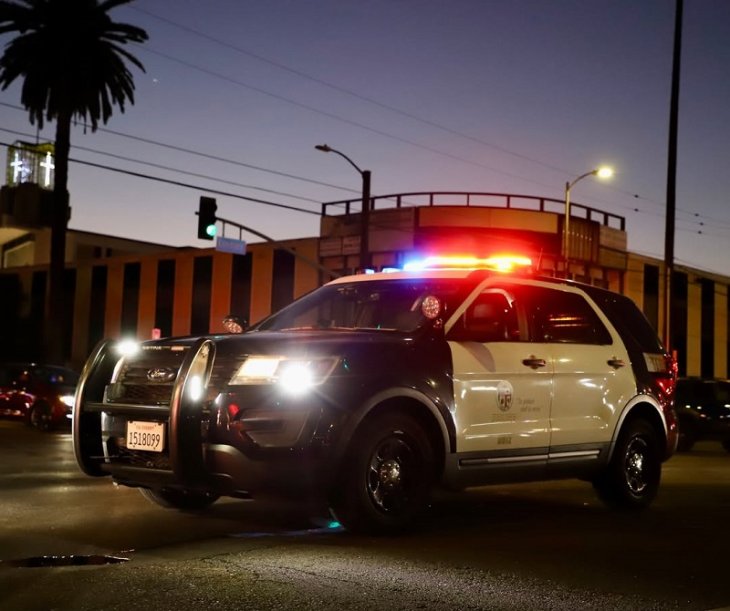
Los Angeles City approves new-transit regulations.
By Cailley Chella
Sorry L.A., but Bird is still the word. Starting this month dockless scooter and bike companies will begin to receive permits to put more than 37,000 of the bikes and dockless electric scooters on the streets (and sidewalks) of Los Angeles.
Back in September the Los Angeles City Council approved regulations for dockless scooters and bikes in the city. Those rules go into effect soon and if the companies are willing (and able) to follow them, the Council will allow up to 100,000 of the two-wheeled vehicles to roam the streets.
L.A. residents have mixed feelings about the new mode of transportation, loving the low cost, low emission option. However, reckless parking, inattentive riders and tipped over devices have led to tension and frustration with the new tech.
Councilmember Mike Bonin chairs L.A. City Council’s Transportation Committee. Together with the Public Works Committee they’ve created regulations that they hope will mitigate some of these negative effects.
According to Bonin’s website the regulations include:
Safety – Bikes must have a tail light, scooters must have a posted notice not to ride on sidewalks as well as a top speed of 15 mph.
Parking – Companies must have a 24-hour hotline and respond to improperly parked or inoperable devices within 2 hours, between the hours of 7 a.m. and 10 p.m. If they don’t, they can have their permits revoked. Users will be able to report a broken or not safely parked scooter using the MyLA311 app, and in the near future, scooters will be required to be equipped with tech that can tell if the device is parked upright or not.
Outreach – Companies are required to have an “outreach plan” and reach out to neighborhood councils, business districts, disability services providers and other community organizations.
Equity – Companies are encouraged to serve low-income communities and required to provide a reduced fare for low-income individuals and a multilingual mobile app and call center.
Fleet Size – Companies must have at least 500 devices and at most 3,000 devices. They will be allowed to add 2,500 more bikes or scooters in disadvantaged communities, and another 5,000 devices in disadvantaged communities up in the San Fernando Valley. All together a company can have up to 10,500 devices on the street if they take advantage of these additional options.
Permit Pricing Fees – Companies are required to pay $20,000 for their annual permit as well as an $80 per vehicle performance bond. They also must pay the city $130 per vehicle or $39 per vehicle in disadvantaged communities and $28.32 per hour to move or remove a vehicle.
In email correspondence from Mackenzie Long, Bird Government Communications Coordinator, Long said the company is currently participating, writing “We applaud the leadership of City Council and LADOT thus far in championing a program that seeks to address many of the city’s transportation, climate, and equity needs.”
But it’s not just Bird. According to the Los Angeles Department of Transportation (LADOT), 11 companies will be permitted to drop off electric scooters around the city this month including Bird, Lime, Lyft, Jump, Skip, Spin, Razor and Wheels.
Lime says they’re up for the challenge and ready to expand. In an email from Courtney Chesla Torres, a spokesperson for the company, she said, “Lime is committed to ensuring that mobility options are provided in every part of the City, giving residents good choices that help to alleviate traffic and emissions. We look forward to working closely with neighborhoods to make operations safe for riders, pedestrians and all residents.”
LADOT reports that permits have already been approved for 24,000 scooters and electric bikes in Venice, Koreatown, Westwood, Melrose/Fairfax, Sherman Oaks and Palms.
While riders of these scooters will no doubt be thrilled about the number of devices available under these new regulations, the influx of scooters and bikes zipping throughout the streets does not come without its dangers. A recent UCLA study shed light on the severity of e-scooter accidents. According to the researchers, people involved in e-scooter accidents are often injured seriously enough — from fractures, dislocated joints and head trauma — to require treatment in emergency rooms.
“We’ve seen teeth knocked out, jaws broken in several places, noses crushed and head injuries including skull fractures. The most common injuries are wrist, ankle, collarbone and shoulder fractures,” said Dr. Wally Ghurabi, medical director of the Nethercutt Emergency Center at UCLA Medical Center, Santa Monica.
The researchers examined data from 249 people who were treated at the emergency departments of UCLA Medical Center, Santa Monica, and Ronald Reagan UCLA Medical Center between Sept. 1, 2017, and Aug. 31, 2018. The study found that about one-third of them arrived by ambulance, an indication of the severity of their injuries.
Los Angeles is obviously a city that could use some major transportation solutions. Electric scooter and bike companies may have some work to do to make sure they can step up to the plate.



























